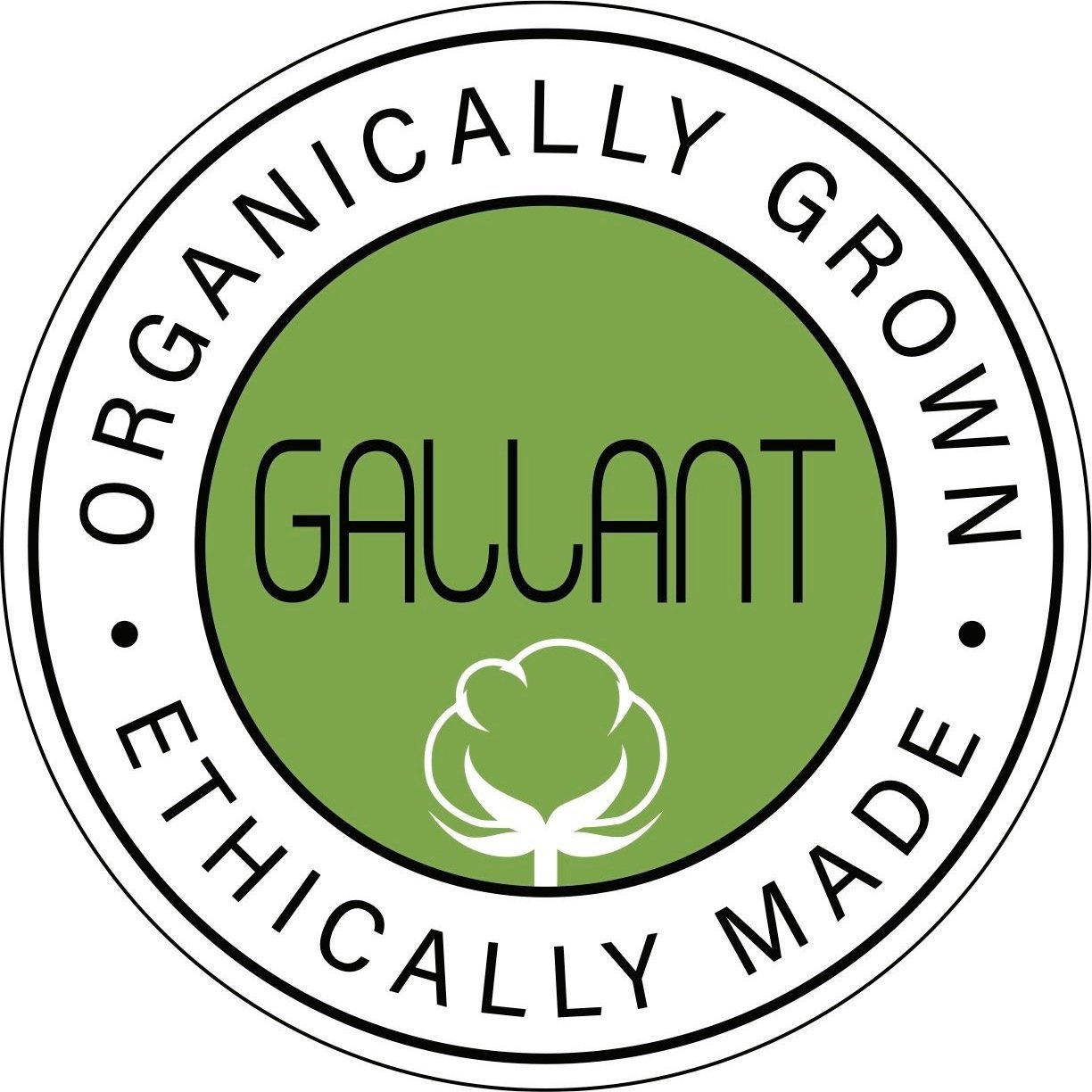The Difference Between GMO & Non-GMO - From Harvest to Consumption
If you were to browse the modern supermarket aisles, you would find plenty of labels including non-GMO, vegan, organic, gluten-free, among others. It's a wonderful thing that shoppers have become more alert and careful about what goes into their food. But while some of these marks have significant meaning such as USDA organic or Animal Welfare Approved, others have no meaning at all. So, how do you go about cracking what these labels mean? After years of endless debates, a GMO labeling bill was approved in 2016. However, the lobby for labeling delay by certain manufacturers resulted in USDA’s time grant of up until 2022 to label the GMOs. Meaning, standards are yet to be brought into the consumer market— leaving the markets in a hazy state.
In this blog, we will be discussing the difference between GMO and non-GMO foods— what these labels represent.
The difference between GMO and non-GMO foods
Where does organic food come into play?
Clear differentiation between genetically modified foods and non-GMO foods itself sounds complicated. Add to it the connection of organically labeled foods, and it can cause any stomach to churn. In actuality, it is not as perplexing as it seems— perhaps, a simplified breakdown of the main differences between these foods would make things clearer?
Image Source: Purdue University
GMOs (genetically modified foods) are foods that have been genetically engineered in some way, usually in a laboratory.
Non-GMOs are foods that haven’t gone through any sort of genetic modification.
Organic foods are foods that have been grown and manufactured following the Department of Agriculture's criteria— pesticide-free, GMO-free, and responsibly grown organic food is the norm.
Note: While a non-GMO label doesn’t mean organic, an organic label automatically means the product is GMO-Free.
The Organic Distinction
GMO-free products are crops that have not been genetically modified, necessitating a higher amount of pesticides. Companies in the United States are not compelled to label products that contain GMOs (as mentioned above, they have till 2022 to do so). Non-GMO producers, on the other hand, label the products— resulting in attention victory. And, it appears to be swiftly displacing organic in regards to consumer appeal. This is because consumers conceive the term non-GMO as a less expensive alternative to organic.
But organic farming is a different arena entirely—
Organic farms explore alternatives to chemical fertilizers and pesticides, which are used by conventional and GMO farmers. While the United States Department of Agriculture has a comprehensive definition of organic, one key feature is that these items aren't farmed using chemical fertilizers or pesticides. As for the meat, the ones classified as organic implies the absence of growth hormones or antibiotics during the rearing process. At an organic farm— farmers may use animal manure as fertilizers, rotate crops to prevent pest infestation, and other labor-intensive steps. The process is longer, involves more labor, and requires higher expenditure and effort than industrial farming (which also explains the higher market rate price). So, despite not being genetically modified, the GMO-free label does not mean organic. This is because the crops may have been cultivated with pesticides. As a result, they are cheaper than the organic variants.
Non-GMO or Organic - Which Label Should I Go For?
About what can be classified as organic, GMO, or non-GMO, the United States Department of Agriculture (USDA) lays down highly tight criteria.
The labeling for organic and non-GMO foods is very similar. Most times the main reason certain companies don't go the extra mile for the organic label is that the certification is expensive. Non-GMO labeling steps are nearly equivalent but require lesser money for certification.
The organic label means free of GMOs and pesticides. Meanwhile, the non-GMO label indicates that the food product was not created with genetically modified organisms (GMOs). But again— this does not imply that the product is organic. Further, an item with a ‘natural label’ also doesn't guarantee that it’s organic. In America, the term "natural" is not regulated, which might be misleading. So, if you're seeking organic foods, look for the word "organic" on the label.
Given that organic foods have the most stringent regulations— when it comes to overall health and low contaminants, foods labeled "non-GMO" or "organic" are the best option.
Note: USDA reimburses about 75% of the organic certification costs. To find the closest USDA-accredited certifying agent, click here.
Image Source: CCOF.ORG
What Are The Advantages of Organic or Non-GMO Labels?
There are many benefits to consuming non-GMO and organic foods. They help you prevent allergies— eating organic and non-GMO foods reduces your risk of certain sensitivity afflictions. Plus, your immune system will also be better off. Genetically engineered foods are deficient in minerals, antioxidants, and other vital compounds that contribute to our general health and wellness.
Organic Textile:
Consumption is as much about what we put in us as what we put on us. When it comes to clothes or bags, organic cotton is a healthier, more eco-conscious option. It is grown without GMOs or hazardous pesticides and fertilizers, all of which have been shown to affect the environment, farmers, and producers. Pesticide exposure can result in a variety of health problems, ranging from headaches, skin allergies, and endocrine disruption, to cancer.
At Gallant, we have made it easy for brands and companies who want to opt for organic textile. Our wholesale organic cotton tote bags, bulk t-shirts, muslin drawstring bags, and more are available for customization including but not limited to adding your logo/artwork. Brands can rest easy knowing that they are investing in sustainable products and a transparent/traceable supply chain.


